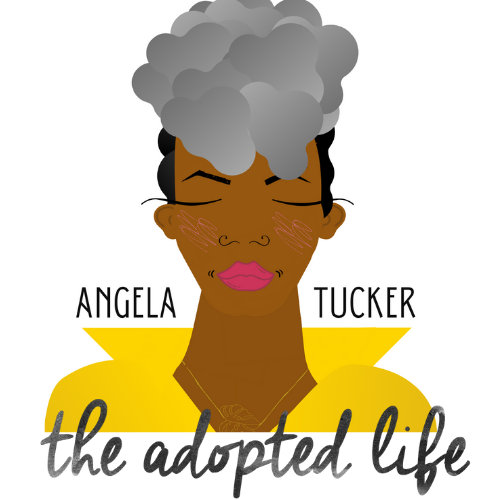The Loophole Of Retreat
Attendees of the Loophole of Retreat pose in front of one of Simone Leigh’s installations at the Venice Biennale.
When I applied to attend the Loophole of Retreat - a gathering of Black creatives, thinkers, scholars, and artists in Venice, Italy - I was expecting a bit of inspiration, some good networking opportunities, and a nice little vacation. I’d been encouraged to apply by Lisa Marie Simmons, (the adoptee from my short documentary Lisa & Isell) had been selected to perform at the Loophole and attending seemed like a great way to support her.
I had no idea attending this symposium of Black women visionaries would so powerfully transform my experience of myself and my approach to my work.
Photo credit: Laylah Amatullah Barrayn
As I stepped out into the warm Venice sunlight, looking for the water taxi that would transport me to Fondazione Giorgio Cini, something felt different. I had, of course, dressed for the occasion wearing my favorite monstera jumpsuit. I was definitely feeling myself and as I gazed about the avenues of Venice, I felt that particular vibe emanating from other Black women. Pretty soon it became clear that these other impeccably-dressed, bright-eyed people must be here for the Loophole of Retreat. An odd sense of kinship began to settle in my stomach, a sort of ease that is not terribly common for me.
I stepped on to the water taxi with the fellow Loophole Of Retreat attendees and participants and found myself sitting next to Stella Nyanzi, a Ugandan poet, human rights advocate, medical anthropologist, feminist, queer rights advocate, and scholar of sexuality, family planning, and public health. She was arrested in 2017 for insulting the Ugandan president. In January 2022, she was accepted to live in Germany on a writers-in-exile programme run by PEN Germany, with her three children. Shortly thereafter I met Sherrilyn Ifill, whom you may recognize as from 60 Minutes, MSNBC or CBS where she frequently speaks on issues of police brutality . She and I immediately spoke about the ICWA case that is scheduled to go before the Supreme Court on November 9th. It was then that I knew that I’d found my fellows. As a transracial adoptee, the feeling of not fitting in fully in both Black and white culture was a common experience for me (that I’ve written about here). It was at first so jarring to feel that I fit in, it took a minute to recognize how good it felt. We all shared a insatiable commitment to living out loud through our art, our scholarship, our writings. For the first time, maybe ever in my life, I was existing naturally and without pretense fully as myself. Unlike most every other environment I find myself in, at Loophole I felt no need to strategize my actions or modify myself to ensure I would be understood and accepted. In short, the absence of white people allowed my fullness to come out in a way I’d never before experienced. This phenomenon was clearly being experienced by others at the retreat too and our collective experience of fully living our truths out loud seemed to amplify and magnify until it almost seemed palpable - like onlookers back in Venice could have watched from across the water, like fireworks on the Fourth of July.
The Loophole of Retreat was the brainchild of Simone Leigh, an extension of her critically acclaimed exhibition Simone Leigh: Sovereignty. The conceptual name is drawn from the 1861 autobiography of Harriet Jacobs, a formerly enslaved woman who, for seven years after her escape, lived in a crawlspace she described as a “loophole of retreat.” Jacobs claimed this site as simultaneously an enclosure and a space for enacting practices of freedom—practices of thinking, planning, writing, and imagining new forms of freedom. It was fitting that this would be the location for a global convening of black feminists.
What a privilege, honor and joy to partake.




